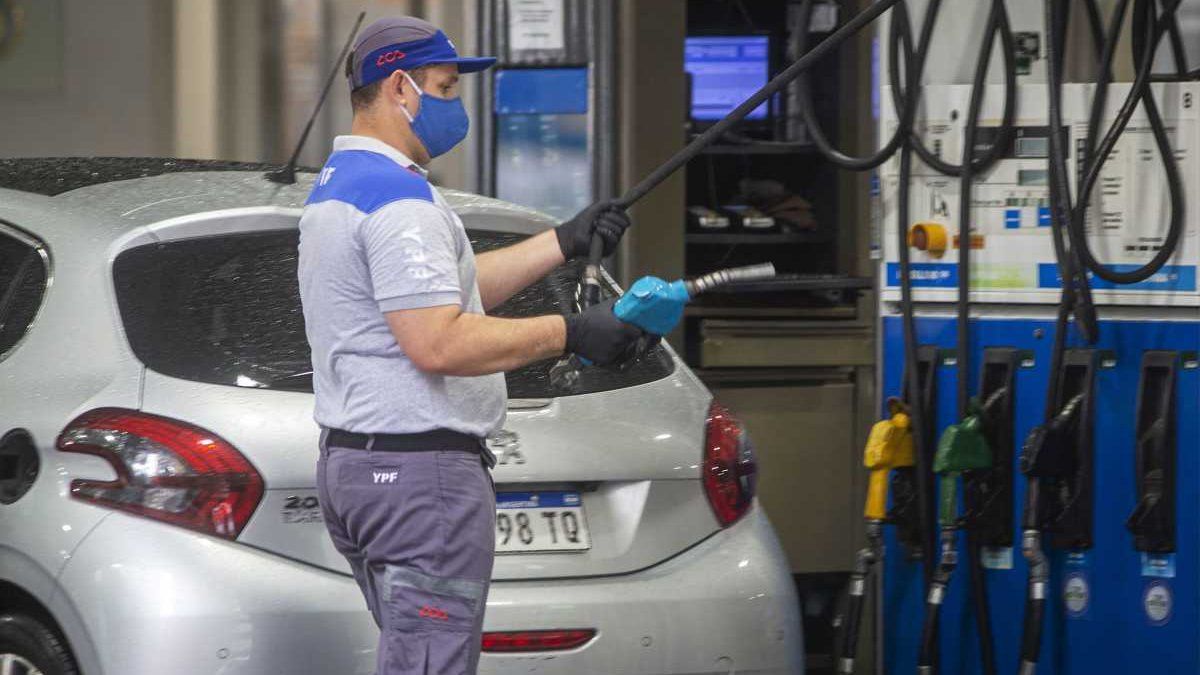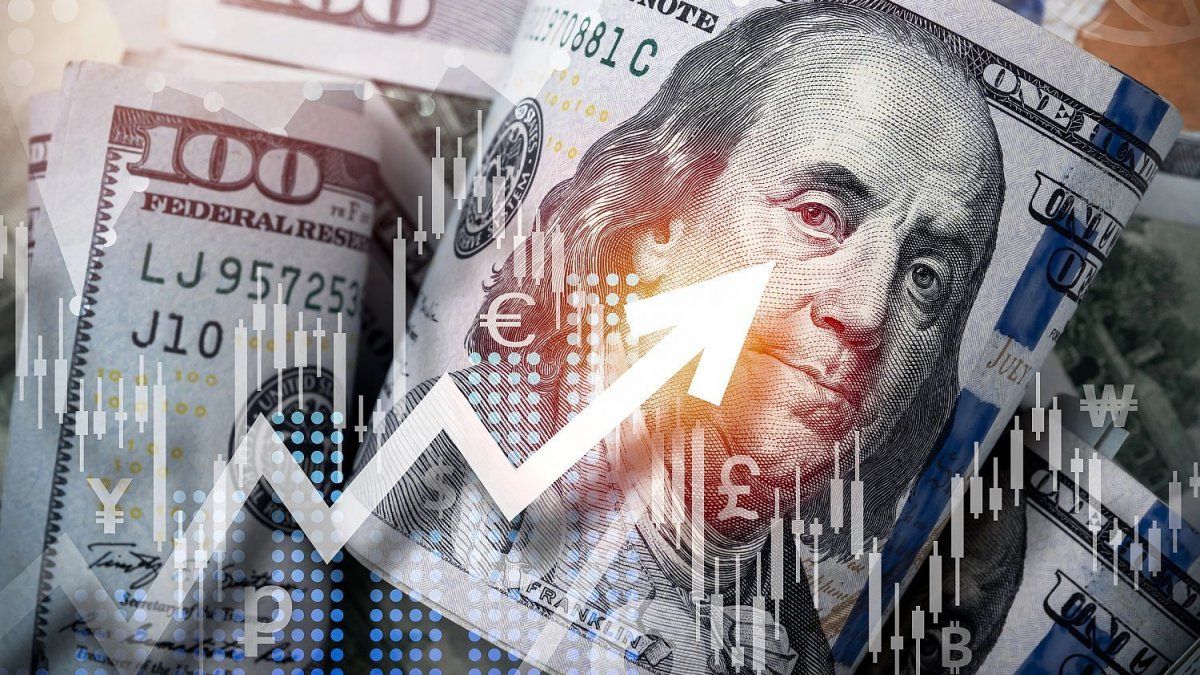The Ministry of Economy asked the oil companies to guarantee supply. It ratifies the price agreement until October 31 and does not rule out its extension.
The Secretary of Energy, Flavia Royónintervened in the conflict due to the lack of fuel. Although he ruled out the existence of a “generalized shortage situation”, He assured that there was a “break” in demand. In recent days he held meetings with the operators. “We know that the situation is going to normalize,” he said in radio statements. From the Ministry of Economy, which he heads Sergio Massa, they made a special request to YPF and Axion, which are the ones with the greatest presence in the interior, to guarantee retail supply. They ratify the validity of the price freeze until October 31.
The content you want to access is exclusive to subscribers.
The lack of fuel and the installation of sales quotas made headlines in various newspapers in the interior of the country. In the Treasury Palace they claim that this generated a “psychosis” that led to greater consumption, and led to greater problems. They believe that both service stations and operators are “speculating” in the face of the uncertainty of the presidential elections and during the last weeks in which the price agreement at the pumps is in force, which was signed in August, after the primary elections. Massa even spoke of “rogue and bandit” businessmen.


“In recent days the issue of shortages arose, so there was a peak in demand of around 4%. Diesel remains the same, but in this last week, and especially in these last few days when the shortage issue arose, there was greater demand and it caused bankruptcies,” said Royón in an interview on Radio Miter. In addition, the Secretary of Energy added that there was a “very specific growth in demand,” and said that since YPF has slightly lower prices, there was a “shift in demand, which caused some breaks.”
On the other hand, he rejected import problems as one of the causes of the shortage. “The reality today is that less than 10% of what is consumed is imported,” said Royón. Regarding the offer, he reported that “this year’s refining is the highest in the last six years.”
On the other hand, the sector assures that the cause of the problem is in the distortions generated by the price freeze, given that fuels are part of Fair Prices and have maintained their prices since last August. This was reached through an agreement between Massa and the main companies in the sector, and it was scheduled to be in force until October 31. In any case, in the interior of the country there were price adjustments in recent days of 2.5%.
However, senior sources from the Ministry of Economy assure that after the October 22 elections they could sit down again with the sector to extend the price agreement until the end of November, after the runoff. The argument will be the exchange benefit that they gave to the sector, known as “Vaca Muerta dollar”in which companies can enter 25% of their exports at the CCL exchange rate, today at almost $900, without losing access to the official dollar of $350.
The Confederation of Hydrocarbon Trade Entities (CECHA) assures that one of the distortions generated by price freezes is that the retail price is below the wholesale price, which is why there is a “shift” in demand. In addition, they add the international factor: due to the rise in oil prices internationally, a barrel of Brent crude oil is around US$90, while the “criollo neighborhood” is around US$60.
Meanwhile, businessmen are talking with the energy representatives of the main presidential candidates, who assure them that in a “short period” they will correct these distortions, such as closing the gap “import-export parity”, reapply the fuel tax that has been suspended and bring the official dollar to the market price. These are 3 measures that will have a strong impact on the price of fuel.
Source: Ambito




